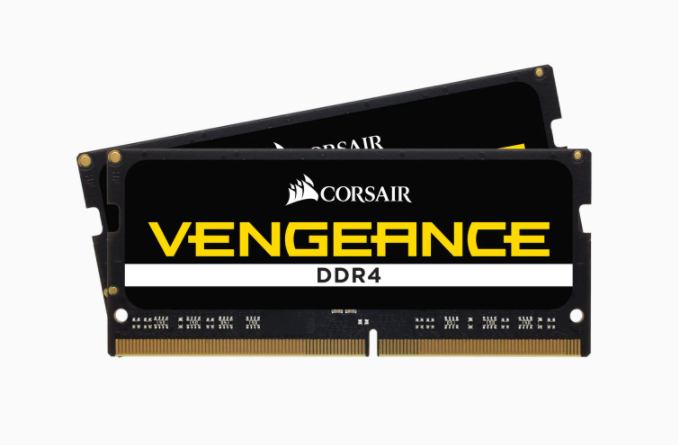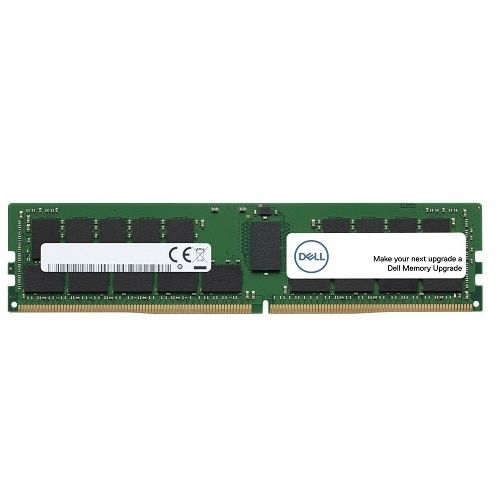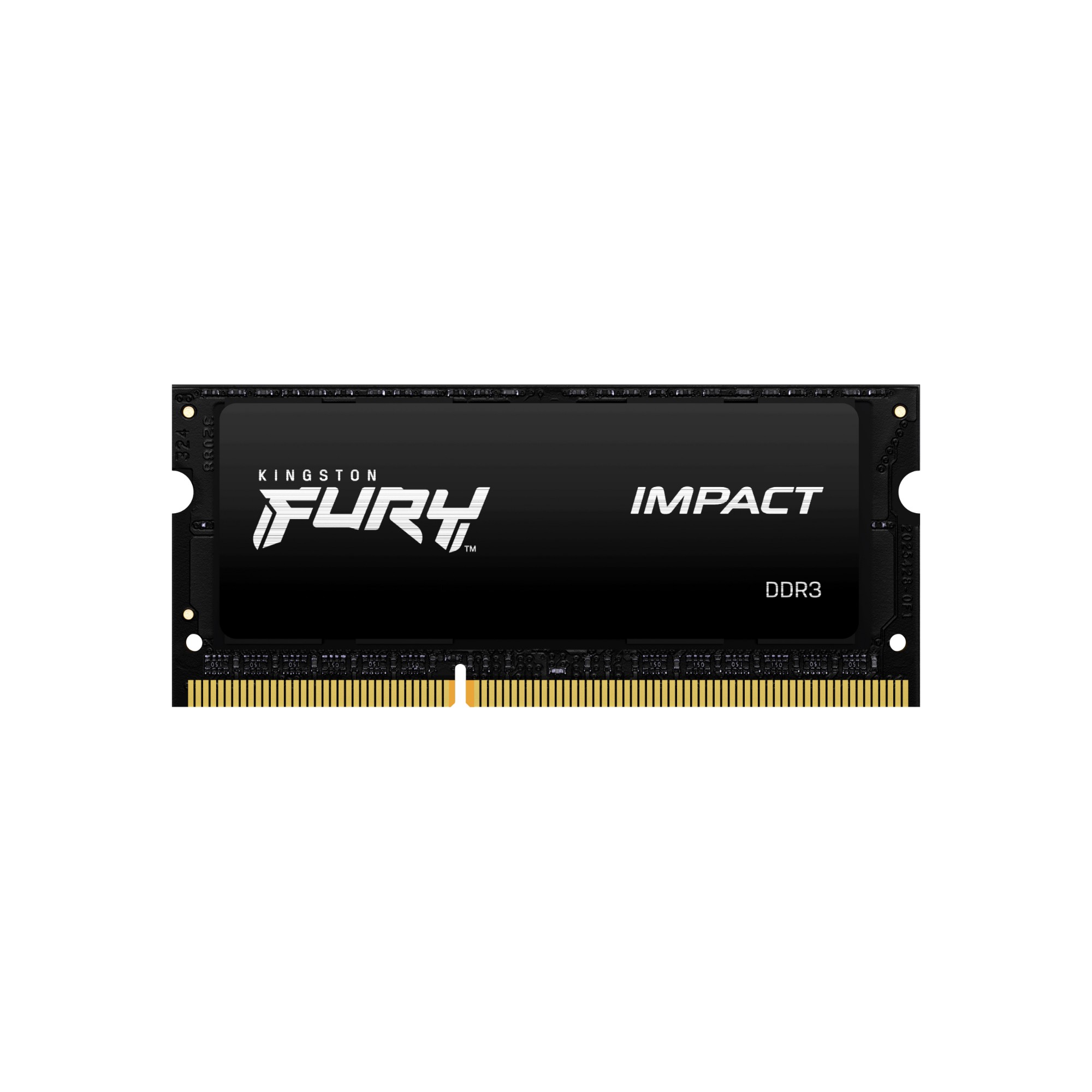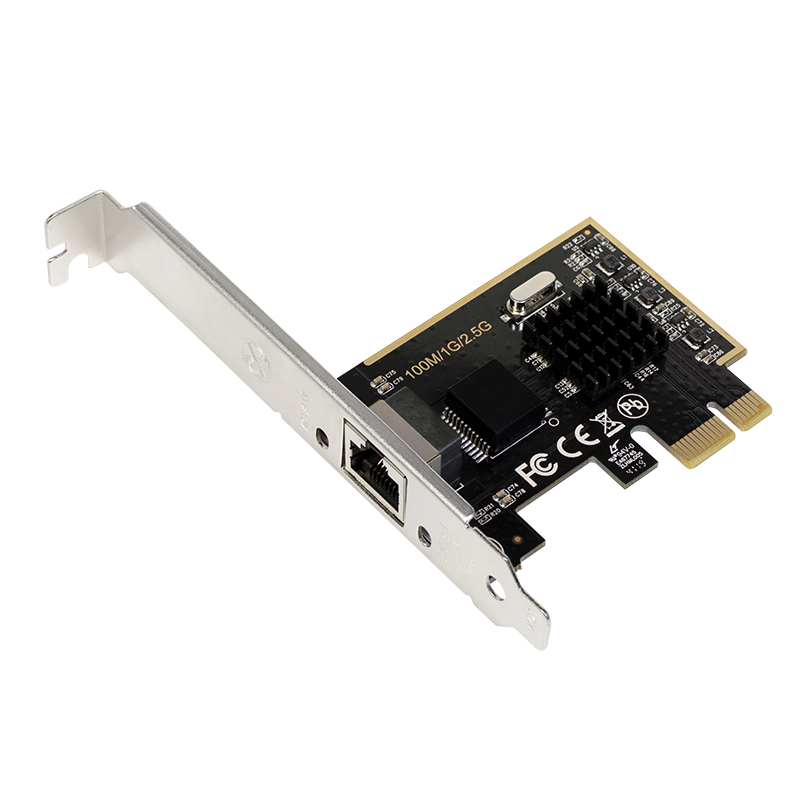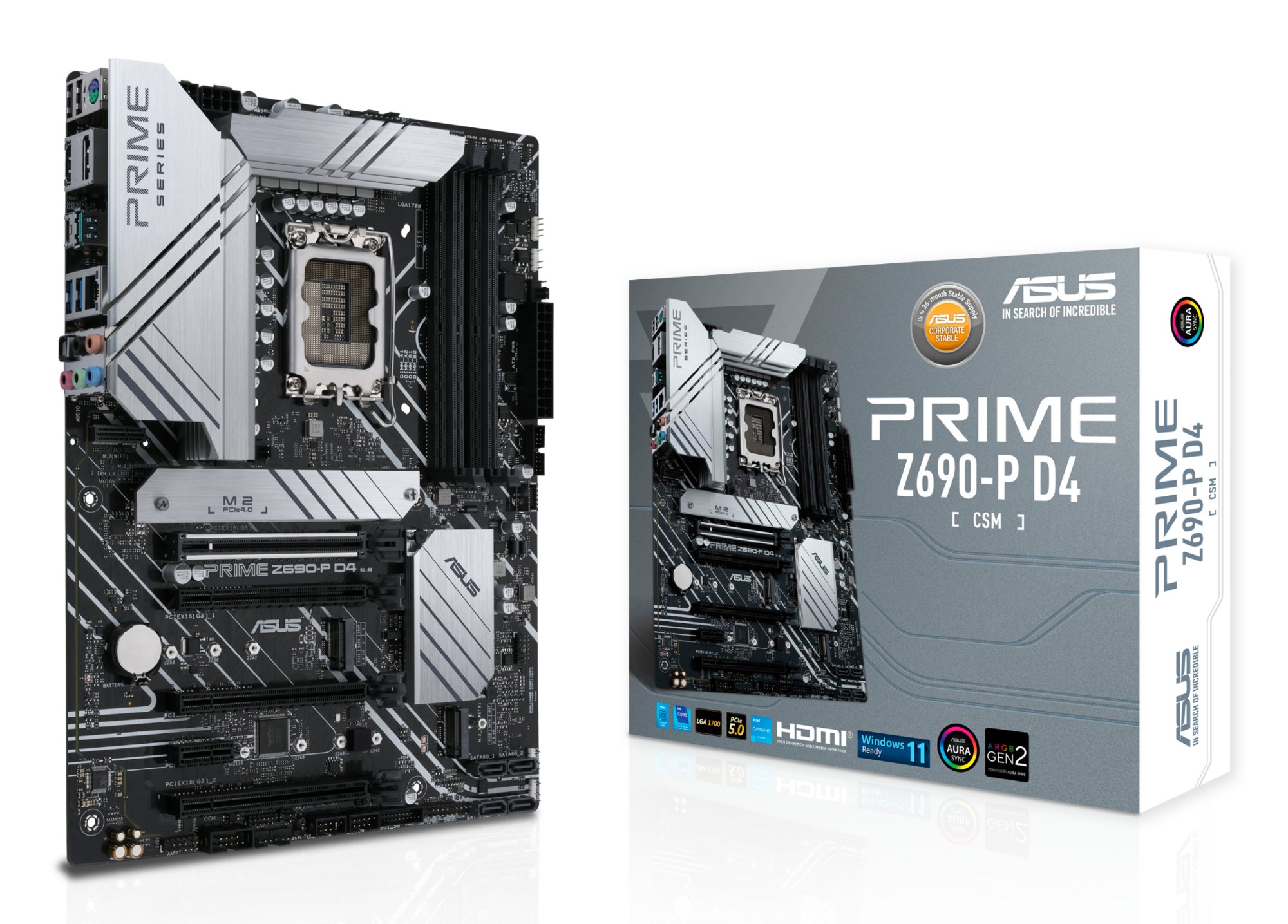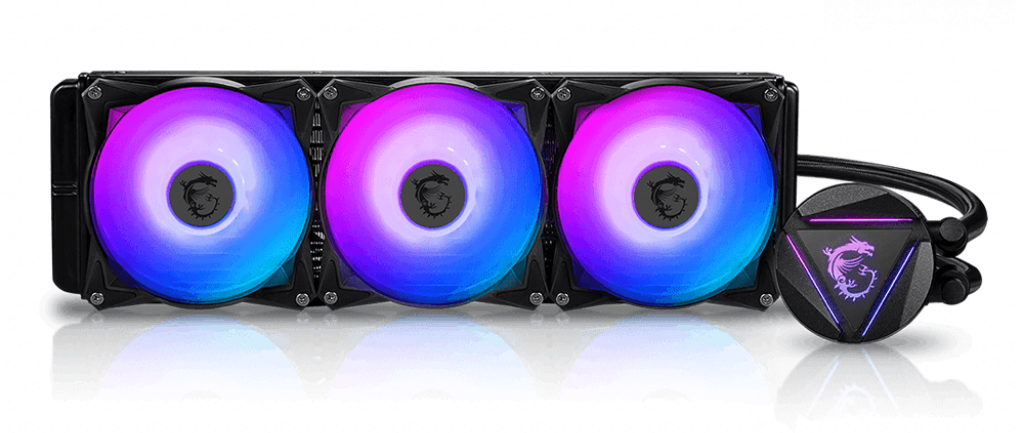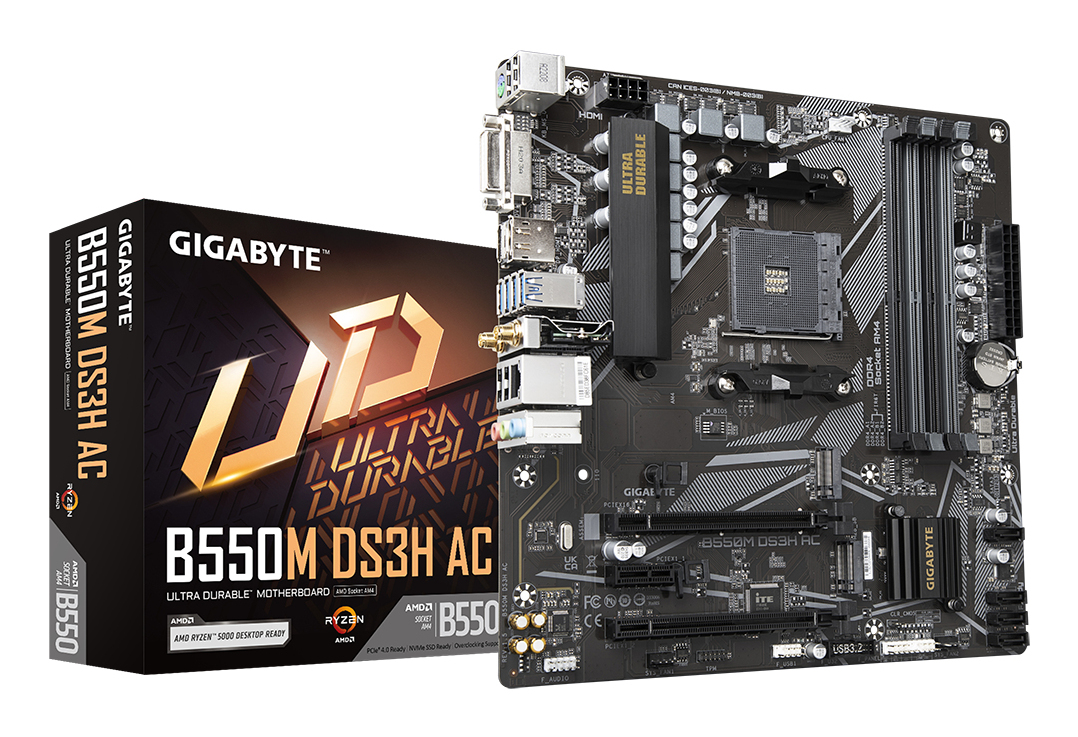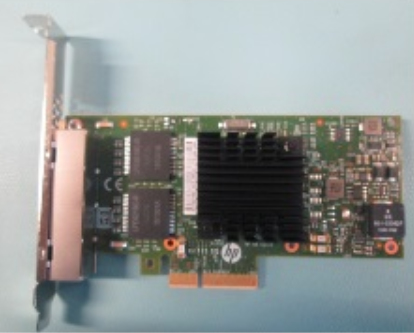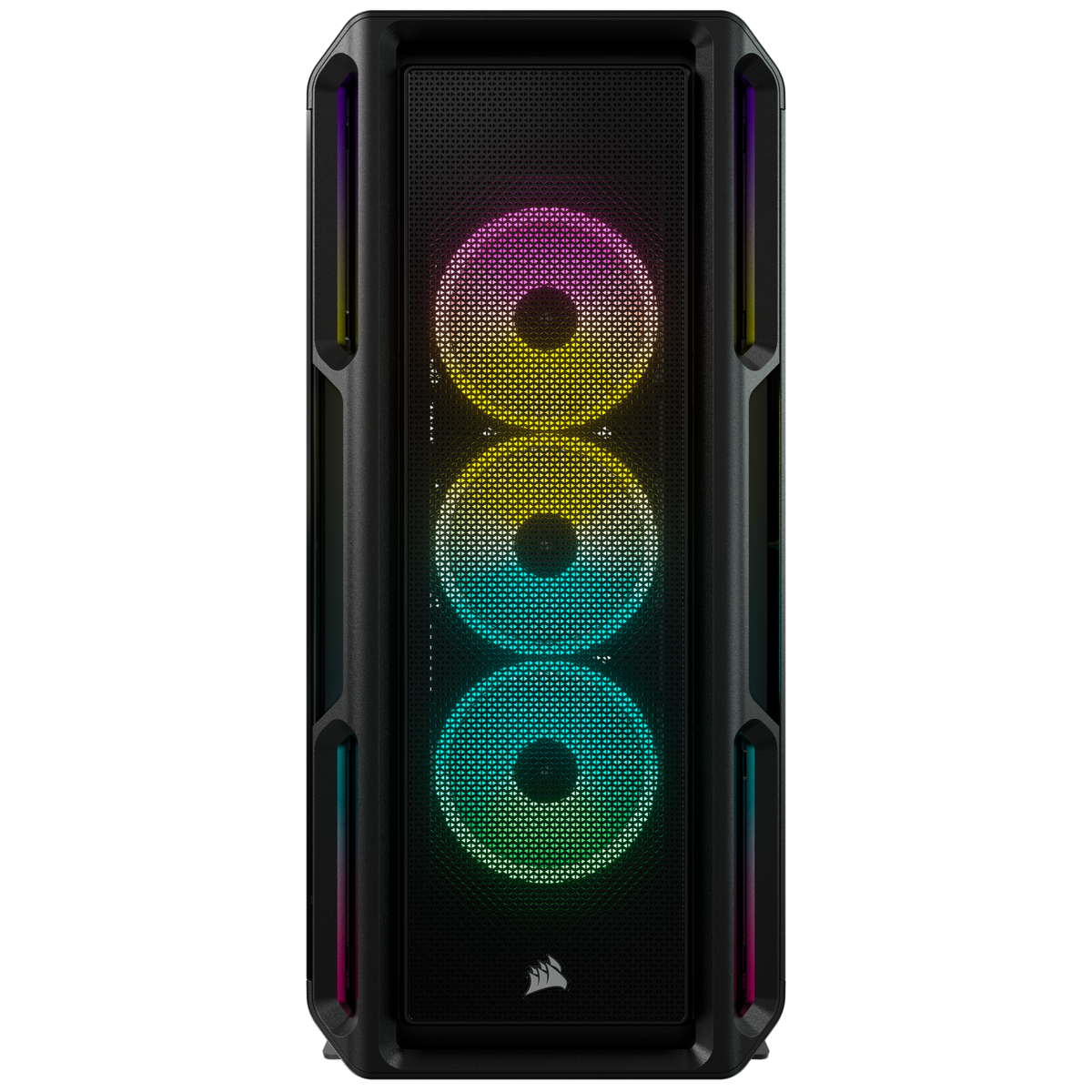Computer Components
4210 –
4220
of
4773
Availability
Sort by
Advance Filters
Corsair
Corsair CMSX64GX4M2A3200C22 Corsair Vengeance memory module 64 GB 2 x 32 GB DDR4 3200 MHz
HIGH PERFORMANCE DDR4 SODIMM FOR INTEL 6TH GENERATION CORE PLATFORM SYSTEMSCorsair Vengeance Series DDR4 SODIMM memory modules are designed for high performance and reliability on 6th generation Intel Core systems, with ICs specially selected for performance potential. No configuration is required to take advantage of the higher speed â just plug it in and go.DESIGNED FOR LAPTOP AND NOTEBOOK PCSVirtually all notebook and laptop PCs use SODIMM memory modules. Some systems use the DDR4 SODIMM standard, and some use the older DDR3 SODIMM standard. Not sure which type you need? Weâre here to help.AUTOMATIC OVERCLOCKING FOR AUTOMATIC MAXIMUM PERFORMANCEMost notebook and laptop PCs will automatically select the maximum reliable overclocking settings for the best possible performance and 100% stability. In most cases, no manual configuration is necessary. Upgrading to Vengeance Series DRAM is a great way to give your system an instant speed boost.
Part# CMSX64GX4M2A3200C22
SKU S19454
DELL
DELL 9CXF2 DELL 9CXF2 memory module 8 GB 1 x 8 GB DDR4
Random Access Memory (RAM) is a type of hardware that your computer uses to store information. Adding memory is one of the most cost-effective ways to improve your computer's performance.
Part# 9CXF2
SKU S19454
Kingston Technology
Kingston Technology KF318LS11IB/4 Kingston Technology FURY Impact memory module 4 GB 1 x 4 GB DDR3L
Kingston FURY™ Impact DDR3 opens up a world of detail that other gamers will never know: the hairs on the back of your victim’s neck, for instance. It automatically recognises the platform it’s plugged into and auto overclocks to the highest memory frequency published* (up to 1866MHz) with no need to adjust system BIOS settings. So you get extreme performance that supports notebooks and other small-form-factor systems using either AMD or the latest Intel CPU technologies with no hassle at all. And all you’ll ever miss is lag.Automatic overclockingReach faster speeds and higher capacities by just installing the memory, no adjustments in BIOS needed.Kit capacities up to 16GBKits are available to max out your system's memory with up to 16GB of high-performance.Low VoltageFURY Impact memory boasts low voltage settings at 1.35V for cooler and quieter computing in notebooks.
Part# KF318LS11IB/4
SKU S19454
LogiLink
LogiLink PC0087 LogiLink PC0087 network card Internal Ethernet 2500 Mbit/s
Part# PC0087
SKU S19454
ASUS
ASUS 90MB18P0-M0EAYC ASUS PRIME Z690-P D4-CSM Intel Z690 LGA 1700 ATX
ASUS Prime series motherboards are expertly engineered to unleash the full potential of 12th Generation Intel® processors. Boasting a robust power design, comprehensive cooling solutions and intelligent tuning options, Prime Z690-P D4-CSM provides users and PC DIY builders a range of performance tuning options via intuitive software and firmware features.ASUS Corporate Stable ModelASUS Corporate Stable Model (CSM) is a commercial program designed to provide stable and reliable motherboards. Offering up to 36-month product lifecycle support and 6-month end-of-life notice to allow sufficient lead times for your organization to get ready for product transitions. Each purchase of an ASUS CSM motherboard comes with ASUS Control Center Express - server-grade IT management software.ASUS Control Center ExpressASUS Control Center Express is an integrated IT monitoring and management software designed to deploy faster, simplify IT operations and improve productivity with comprehensive control and user-friendly functions. ASUS Control Center Express is compatible with over 100 ASUS motherboards to provide a high-quality, TCO-optimized solution for your business needs.Optimize IT endpoint managementDesigned to assist IT staff in monitoring and controlling devices within their corporate networks, and facilitate inventory checking in multiple locations remotelyAutomate IT maintenanceAllows IT staff to schedule automatic updates of the latest BIOS, software and utilities to specific or all devices at off-peak times, enhancing system stability and IT operational flexibilitySecurely manage all of endpointsSecurely manage endpoint configuration, portable storage access and PC software applications by enabling them to create grouping rules on individual devicesFLEXIBILITYComprehensive controls form the foundation of the ASUS Prime series. The Prime Z690 motherboard packs flexible tools to tune every aspect of your system, enabling performance tweaks to perfectly match the way you work to maximize productivity.Intelligent ControlFlexible Air- and Liquid-Cooling ControlsASUS Fan Xpert 4 software provides comprehensive control over fans and all-in-one (AiO) cooler. Whether cooling with air or water, an Auto-Tuning mode intelligently configures all parameters with a single click. There’s also an Extreme Quiet mode that reduces all fan speeds to below the default minimum to keep your system whisper-quiet when performing light tasks. Fans and AiO cooler can also be controlled via the UEFI BIOS.Precise Digital Power ControlThe Digi+ voltage-regulator module (VRM) delivers real-time control over voltage droop, automatically switching frequency and power-efficiency settings. It also allows you to fine-tune your CPU for ultimate stability and performance.UEFI BIOSThe renowned ASUS UEFI BIOS provides everything you need to configure, tweak and tune your system. It offers intelligently simplified options for PC DIY beginners, as well as comprehensive features for seasoned veterans.Advanced Tuning for Serious TweakersAn intuitive Advanced mode offered via the UEFI lets you take complete control. A built-in search feature makes it easy to find options, and various advanced functions let you intelligently make nuanced adjustments so you can dial in performance just the way you want.Quick and Simple SetupEZ mode displays vital settings and stats and also offers guided wizards, drag-and-drop functionality, and one-click application of important settings — all to help you get your rig up and running in no time.Intuitive Graphical Fan ControlFine-tune individual fan settings simply by dragging a curve with the mouse.EZ XMPImprove DRAM performance with one click.Aura On/Off Mode (Stealth)Easily enable or disable Aura RGB lighting, for a subdued aesthetic touch.COOLINGPrime Z690 series is engineered with multiple onboard heatsinks and an array of hybrid fan headers to ensure your rig stays cool and stable under intense workloads.HeatsinksM.2 HeatsinkAn M.2 heatsink takes care of the two M.2 slots, warding off throttling that can occur with M.2 storage during sustained transfers.VRM Heatsinks and High-quality Thermal PadsTwo massive VRM heatsinks and high-quality thermal pads improve heat transfer from the MOSFETs and chokes for better cooling performance.Cooler by DesignPrime Z690 series features comprehensive cooling controls that are configurable via Fan Xpert 4 software or via the UEFI BIOS.Multiple Temperature SourcesEach header can dynamically reference three thermal sensors. Fan Xpert 4 allows you to map the temperature of supported ASUS graphics cards to optimize cooling for GPU- and CPU-intensive tasks.AIO Pump HeaderA dedicated PWM/DC header for self-contained water-cooling setups.Smart ProtectionA dedicated integrated circuit protects each fan header from overheating and overcurrent.4-Pin PWM/DC FanEach onboard header supports auto-detection of PWM or DC fans.PERFORMANCEPrime Z690 series is built to handle the additional cores and increased bandwidth of 12th Generation Intel® processors. ASUS Z690 motherboards provide all the fundamentals to boost daily productivity, so your system will be ready for action with stable power, intuitive cooling and flexible transfer options.Power DesignStable power is essential to extract every last bit of performance out of 12th Generation Intel processors. Prime Z690-P D4-CSM is geared to cater to the demands of these high-core-count CPUs.14+1 DrMOSA VRM with 14+1 DrMOS delivers the power and efficiency that the latest Intel processors demand.MemoryOptiMem IIRevisions to the motherboard’s trace routing provide the latest Intel processors with unrestricted access to memory bandwidth. ASUS OptiMem II technology carefully maps memory signal pathways across different PCB layers to reduce vias and adds shielding zones that significantly reduce crosstalk.Benefits of ASUS OptiMem II:- Improved memory stability and compatibility- Allows lower memory latencies at equivalent voltages- Improved memory frequency marginDDR4 5333 (OC)Improvements to trace routing design provide the latest Intel processors with enhanced access to memory bandwidth. ASUS OptiMem II technology carefully maps memory signal pathways across different PCB layers to reduce path distance, and it adds shielding zones that significantly reduce crosstalk.StorageThree M.2 slots (up to 64 Gbps)Prime Z690-P D4-CSM offers a total of three M.2 slots that support data-transfer speeds of up to 64 Gbps via PCIe® 4.0, enabling quicker boot-up and app load times with OS or application drives.ConnectivityRealtek 2.5 Gb EthernetRealtek 2.5 Gb Ethernet reduces CPU overhead and offers exceptionally high TCP and UDP throughput for faster, smoother data transfer.AudioCombined onboard features deliver elevated audioIntelligent design and premium hardware create audio quality unlike anything you’ve ever experienced.Audio ShieldingSeparates analog/digital signal domains, significantly reducing multi-lateral interference.Separate Layer for Left and Right TracksEnsures minimal crosstalk between audio paths.Premium Audio CapacitorsPremium parts provide an immersive sound signature, with exceptional fidelity.PersonalizationAura SyncOutshine the CompetitionA well-tuned enthusiast system deserves a matching aesthetic. ASUS Aura offers full RGB lighting control with a variety of functional presets for the strips and devices connected to the onboard RGB headers — and it can all be synced with an ever-growing portfolio of Aura-capable hardware.Addressable Gen 2 RGB HeaderThree addressable Gen 2 RGB headers are capable of detecting the number of LEDs on second-gen addressable RGB devices, allowing the software to automatically tailor lighting effects to specific devices. The new headers also offer backward-compatibility with existing Aura RGB gear.Armoury CrateArmoury Crate is a new software utility designed to give you centralized control of supported products. From a single intuitive interface, Armoury Crate allows you to easily customize RGB lighting and effects for every compatible device in your arsenal. The software also provides control of settings for an ever-growing number of ASUS products, including keyboard and mouse preferences. Armoury Crate even features dedicated product registration and news to help you stay in touch with the ASUS community.DIY-FriendlyQ-LED CoreThe Q-LED Core display produces light patterns by power LED during the Power-On Self-Test (POST) that can help users troubleshoot potential issues.SafeSlotPCIe® 5.0 is 2x faster than PCIe® 4.0, so we adapted our SMT manufacturing process for the faster SafeSlot, to ensure the highest data speeds. SafeSlot is a reinforced metal sheath added to a PCIe® slot to keep a card firmly installed.LANGuardPumped-up throughput 2.5X higher surge toleranceASUS LANGuard is a hardware-level network protection feature that integrates advanced signal-coupling technology and premium anti-EMI surface-mounted capacitors to improve throughput and ensure a more reliable connection.Overvoltage ProtectionWorld-class circuit-protecting power designAn exclusive circuit design with built-in voltage regulators to protect your motherboard from damage caused by unexpected high-level voltages from unstable or inferior power supplies.DRAM Overcurrent ProtectionShort-circuit damage preventionOnboard resettable fuses prevent overcurrent and short-circuit damage. This extends beyond I/O ports to DRAM to safeguard the lifespan of your system and connected devices.Stainless-Steel Back I/O3X corrosion-resistance for greater durabilityCorrosion-resistant stainless-steel back I/O panels bonded with chromium oxide have a lifespan that's three times longer than ordinary panels.
Part# 90MB18P0-M0EAYC
SKU S19454
MSI
MSI 306-7ZW1C41-813 MSI MAG CORELIQUID 360R V2 Liquid CPU Cooler '360mm Radiator, 3x 120mm ARGB PWM Fan, ARGB lighting, Center Supported, Compatible with Intel and AMD Platforms, Latest LGA 1700 ready'
CONQUER THE BATTLEFIELDThe MAG series was born through rigorous quality testing and designed to be a symbol of sturdiness and durability. Focused on providing the best user experience, the MAG series has a simple installation process coupled with a friendly user interface making it the best choice for entry level gamers.The newly introduced MAG CORELIQUID has everything you're looking for in a liquid cooler, ranging from quality materials that provide reliable durability to heat dissipation technologies that are extremely effective. Users can even enjoy perks like ARGB lighting and a 270-degree rotating blockhead that is simple to use. On top of that, the blockhead boasts a unique irregular aesthetic that is both stylish and artistic. Every single component of the MAG CORELIQUID is designed with the end goal in mind: to provide effective cooling without any compromise.ROTATABLE BLOCKHEADMount the cold plate at any orientation, turn the blockhead up to 270 degrees, and keep it upright.RADIATOR PUMP DESIGNThe pump has been integrated into the radiator for sound dampening and noise reduction. Additionally, placing the pump into the radiator also increases the pump's life expectancy by moving it away from the heat source.LGA 1700 COMPATIBLEThe MAG CORELIQUID R Series liquid cooler provides out of box support for LGA 1700.PUMP MOTOR RESONANCE ELIMINATIONA durable three phase motor at the core of the pump generates minimal vibrations for long-lasting operation.HIGH THERMAL DISSIPATIONA split pathway through the radiator rapidly dissipates heat, cooled liquid is then pumped back into the loop.EVAPORATION PROOF TUBINGConstructed with three layers of netted plastic tubing and a reinforced mesh exterior.DIY 2.0 – INTEGRATING WITH THE SYSTEM ENVIRONMENTConnect and synchronize with MSI coolers and cases with strategically positioned pin-header locations including a dedicated pump-fan header.MORE SILENCE THAN EXPECTEDMAG CORELIQUID 360R V2's noise level is significantly lower than that of competitor's by 10%.COOLING YOU CAN'T HEARFor those who prefer a quieter environment, a bundled noise reducer cable changes the fans’ speed to produce less sound while still providing good airflow.EXTENSIVE COMPATIBILITYRobust yet built for flexibility, MAG CORELIQUID has been designed with a secure installation bundle with compatibility on a number of Intel and AMD motherboards.
Part# 306-7ZW1C41-813
SKU S19454
Gigabyte
Gigabyte B550M DS3H AC GIGABYTE B550M DS3H AC Motherboard - AMD Ryzen 5000 CPUs, 5+3 Phases VRM, up to 4733MHz DDR4, 1xPCIe 4.0 + 1xPCIe 3.0 M.2, Wi-Fi 5, 1GbE LAN, USB 3.2 Gen 1
Elevate your computing experience with GIGABYTE's renowned motherboard series: AORUS, AERO, and GIGABYTE. Featuring innovative designs and advanced features, these boards offer exceptional performance and reliability. Whether you're a gamer, content creator, or professional, our series cater to your needs, ensuring uncompromising quality and cutting-edge
Part# B550M DS3H AC
SKU S19454
HPE
HPE 816551-001 Hewlett Packard Enterprise 816551-001 network card Internal Ethernet 1000 Mbit/s
Part# 816551-001
SKU S19454
Corsair
Corsair CC-9011230-WW Corsair CC-9011230-WW computer case Midi Tower Black
AVAILABLE IN BLACK AND WHITEMAKE A LASTING IMPRESSIONTurn heads with the 5000T RGBâs unique style and design. The distinctive contours and angular accents, complemented by extensive integrated RGB lighting, offer an aesthetic that no other case can match.TOTAL OF 208 LEDSA LIGHT SHOW AT EVERY ANGLEWith 160 RGB LEDs integrated into the front, roof, and floor panels, plus 48 individually addressable LEDs in the included fans*, youâll never experience a dull moment as you immerse yourself in amazing multi-zone lighting.MAXIMUM COOLING POTENTIALA spacious interior fits up to 10x 120mm or 4x 140mm cooling fans, along with a 360mm radiator with fans up to 60mm-thick in the front or side position, and a 360mm radiator with fans up to 85mm-thick in the roof position.The expansion-friendly 5000T RGB has room for extensive air or liquid-cooled configurations.Fan mounts feature wider cutouts, allowing fan placement customization and flexibility.Install one 360mm radiator in the roof position and one additional 360mm radiator in the front or side position.BUILDS MADE EASYRENOWNED BUILDER-FRIENDLY FEATURES OF THE 5000 SERIESREMOVABLE AIRFLOW PANELSMesh front and roof panels are optimized for high airflow and removable for easy maintenance.TOOL-FREE HINGED SIDE PANELSEnjoy easy access to your system with a hinged tempered glass panel to show off your components and lighting, and a back side hinged steel panel.RAPIDROUTE CABLE MANAGEMENT SYSTEMMakes it simple and fast to route your major cables through a single hidden channel, with a roomy 30mm of space behind the motherboard for all your cables.FEATURE PROFILE GREAT VERSATILITYMODERN FRONT PANEL I/OPuts your connections within easy reach, including a USB 3.1 Type-C port, 4x USB 3.0 ports, and a combination audio/microphone jack.ALL THE STORAGE YOU NEEDTwo combo drive trays and three SSD mounts enable multiple SSD and HDD combinations, up to 5x total 2.5in SSDs or 2x 3.5in HDDs.CUSTOMIZABLE FAN MOUNTSThe motherboard tray with customizable fan mounts allows you to side-mount up to 3x 120mm fans or up to a 360mm radiator, enabling new flexible cooling options.WORLD CLASS SUPPORTBacked by CORSAIR's comprehensive 2-year warranty and world-class customer support, available to you 24/7 by phone or online, for extended peace of mind.UNITE YOUR SETUPCORSAIR iCUE software brings your entire setup together, creating a fully immersive ecosystem with intuitive control.
Part# CC-9011230-WW
SKU S19454
Get a Quote

Item(s) added to cart

©2025 IT VISION NETWORKS CANADA INC – All Rights Reserved. BN: 717291223 OCN: 1001150813

 0
0
